An Incredible Artifacts From Lost Viking ‘highway’ Revealed by Melting Ice
The finds tell a remarkable story of high-altitude travel and long distance exchange c. 300 – 1500 AD with a peak in usage c. 1000 AD during the Viking Age.
The retreating mountain glaciers of Norway have revealed a host of rare archaeological finds and uncovered a lost mountain pass at Lendbreen in Innlandet County.
A team of archaeologists from Norway and Cambridge have published details of these artefacts today in the journal Antiquity.
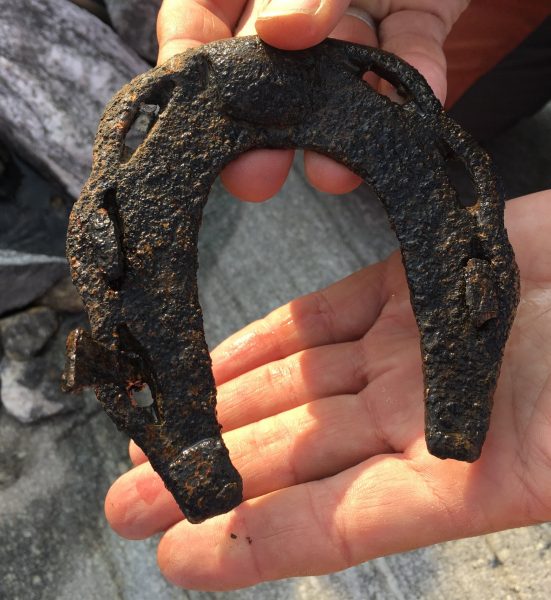
“A lost mountain pass melting out of the ice is a dream discovery for glacial archaeologists,” says Lars Pilø, first author of the study and co-director for the Glacier Archaeology Program.
“In such passes, past travellers left behind lots of artefacts, frozen in time by the ice. These incredibly well-preserved artefacts of organic materials have great historical value.”
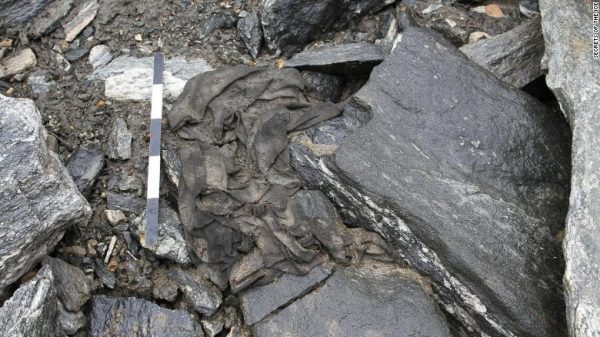
Some of the hundreds of finds from Lendbreen derive from the actual transport through the pass, such as horseshoes, bones from packhorses, remains of sleds and even a walking stick with a runic inscription.
Other finds are items from daily life – a knife with a preserved wooden handle, a wooden distaff (for holding wool during hand-spinning) and a wooden whisk.
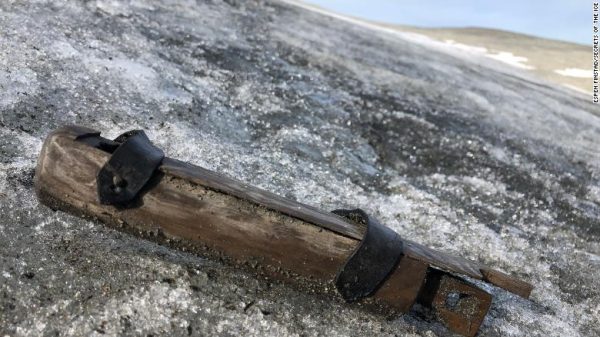
Remains of clothing, such as a Roman Iron Age tunic, a Viking Age mitten and shoes have also been recovered. Other objects have no parallels in the archaeological record and their function remains unknown.
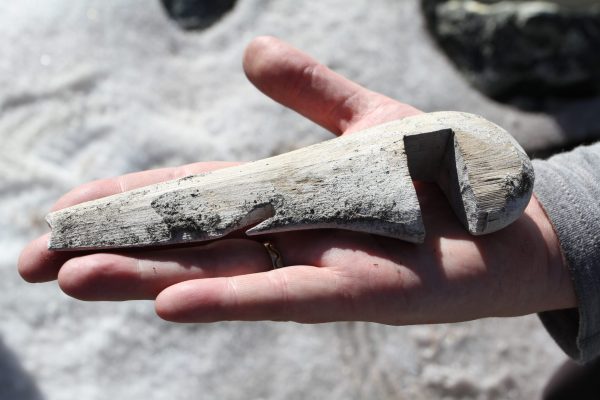
But, the well-preserved finds are only part of the story.
“Sites like the mountain pass at Lendbreen have a larger story to tell beyond the incredible finds,” says corresponding author James H. Barrett of the McDonald Institute for Archaeological Research at the University of Cambridge.
Radiocarbon dates on the artefacts show that traffic through the pass started in the Roman Iron Age around AD 300, peaked in the Viking Age around AD 1000, and declined after this.
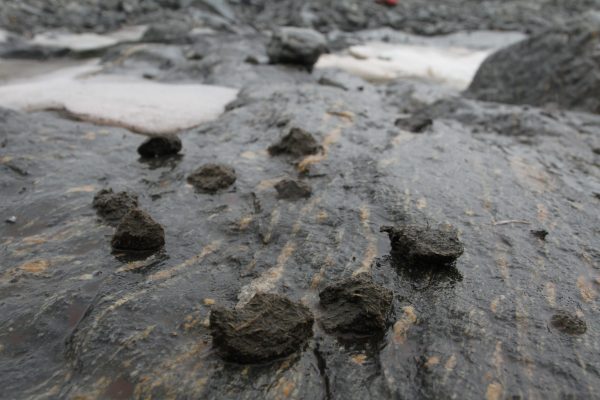
Barrett continues, “The start around AD 300 was a time when local settlement activity was picking up.
When the use of the pass intensified around AD 1000, during the Viking Age, it was a time of increased mobility, political centralisation and growing trade and urbanisation in Northern Europe.
Instead of just being considered remote regions, mountains could also provide vital access to important products and arteries for transporting such products, linking the mountain regions to larger trading networks.”
“The decline of the Lendbreen pass was probably caused by a combination of economic changes, climate change and late medieval pandemics, including the Black Death,” says Lars Pilø. “When the local area recovered, things had changed, and the Lendbreen pass was lost to memory.”
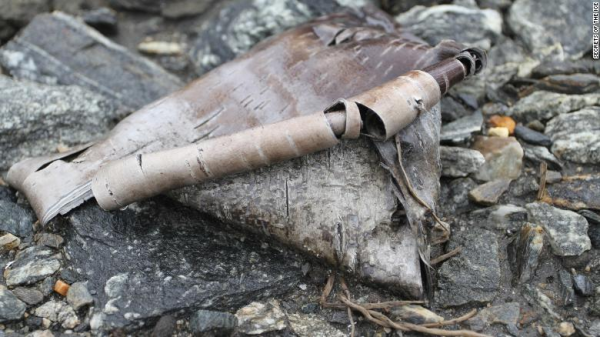
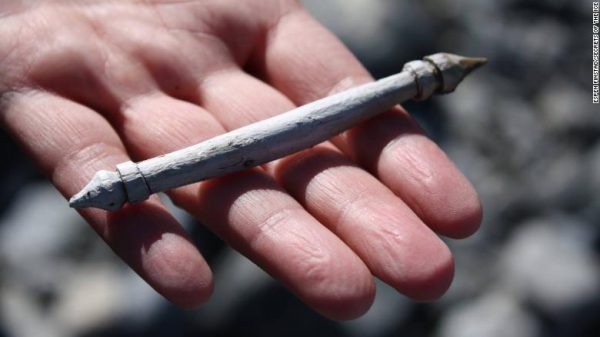
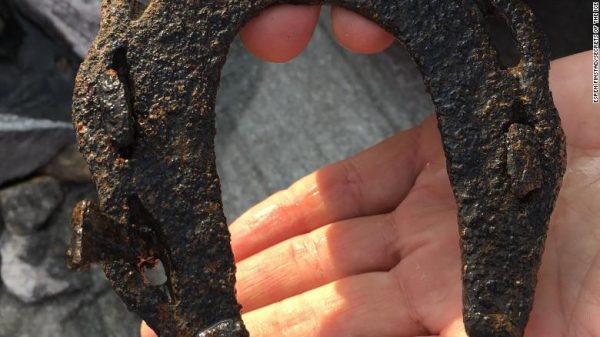
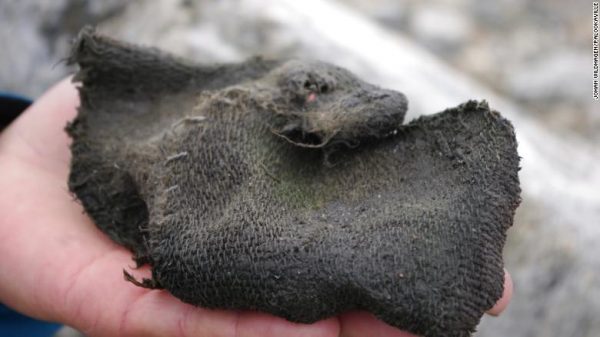
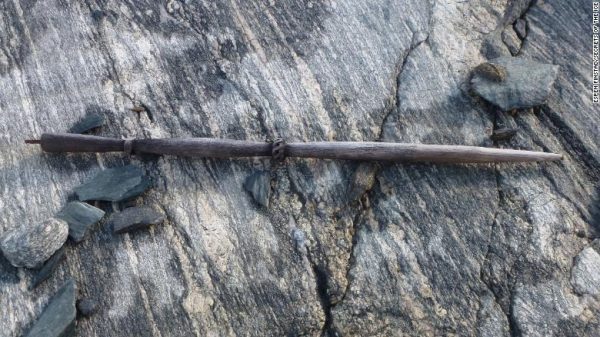
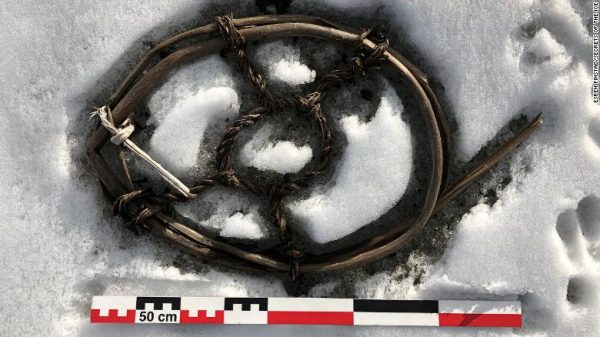
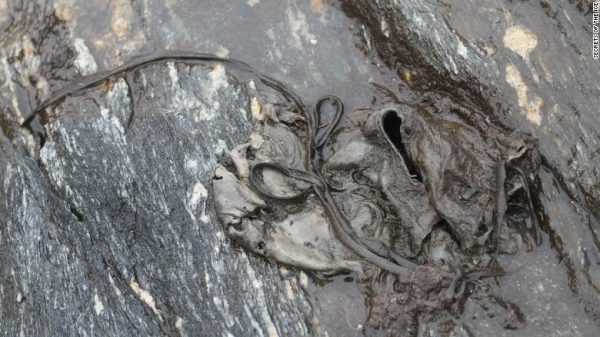
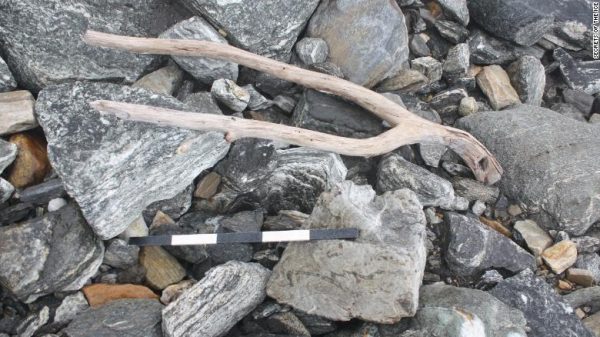
Discovered 25,000-Year-Old Hut Made From Mammoth Bones
The lost mountain pass at Lendbreen was discovered in 2011 and the demanding, high-altitude fieldwork has been ongoing since, following the retreat of the ice.





